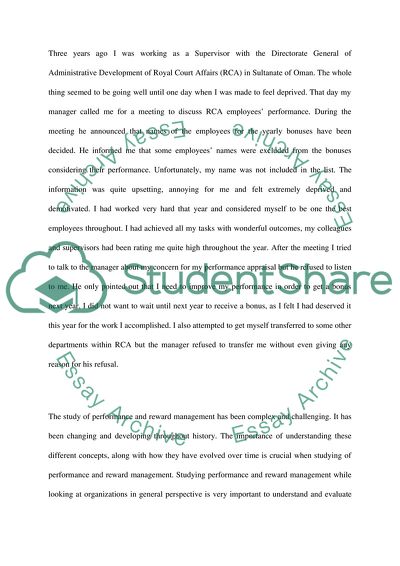Cite this document
(“Management and Organisational Behavior: Application of Performance Assignment”, n.d.)
Retrieved from https://studentshare.org/human-resources/1559810-management-and-organisational-behaviour
Retrieved from https://studentshare.org/human-resources/1559810-management-and-organisational-behaviour
(Management and Organisational Behavior: Application of Performance Assignment)
https://studentshare.org/human-resources/1559810-management-and-organisational-behaviour.
https://studentshare.org/human-resources/1559810-management-and-organisational-behaviour.
“Management and Organisational Behavior: Application of Performance Assignment”, n.d. https://studentshare.org/human-resources/1559810-management-and-organisational-behaviour.


